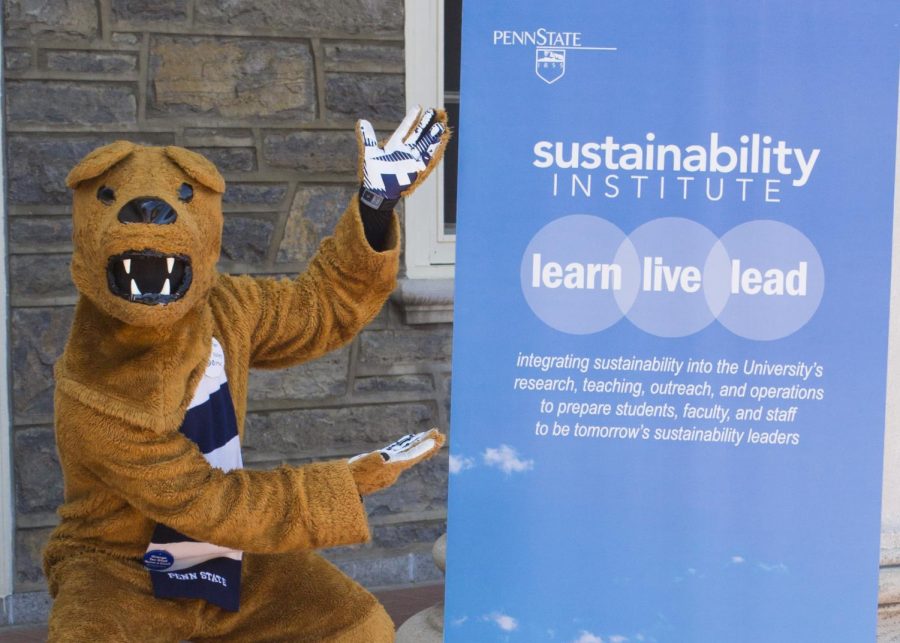Penn State’s Effort to Combat Climate Change Has Implications Beyond the Environment
October 14, 2019
Penn State University has an impressive new goal to cut its greenhouse gas emissions in half. This effort comes in response to the increasing threat of global warming. The movement not only benefits the environment but also the University’s budget. Penn State is a large university that houses about 14,000 students, while almost 65,000 people take classes at the university. The university’s efforts not only impact a large group of people but also an immense geographic area. The university has 24 campuses and around 600 buildings. As a result, the scale of the project is widespread.
Throughout the 1990s, Penn State was mostly reliant on fossil fuels like coal as it was a convenient and economical energy source. Emissions were also continuing to grow as the school expanded. In 2001, however, the Faculty Senate endorsed the university’s “ecological mission” and in 2004, the emission levels peaked and then began to trend downward. The engineers and maintenance staff at the University’s Office of Physical Plant were at the heart of the environmental movement on campus as they were worried about the implications of global warming. They convinced the Budget Office to set up a revolving fund to pay for upgrades that cut emissions, though most of the projects ended up paying for themselves within a decade of their institution by reducing the energy’s energy bill. Penn State has installed an HVAC system (a heating and cooling system that uses a liquid coolant and electricity to heat/cool large spaces), switched from coal to coal to less harmful natural gas which releases 50-60% less CO2 when burned and established a 500-acre solar farm in Franklin County. They have also instituted a composting program, reduces the amount of organic waste that ends up in landfills. Emissions now down by a third from 2004. This is far higher than the national average, which saw a peak in 2007 and is only down by 12%.
As for the 65,000 students, Penn State is taking an initiative to involve students across its many campuses. According to the Penn State News, this involves making forums, lectures, and other educational content available to students. The Sustainability Institute is also in the process of conducting surveys and research on efficiency and involvement to find ways to improve.
Penn State isn’t alone in its effort to combat climate change. Last year, American University announced that it is carbon neutral. Penn State is still looking to the future. According to NPR, the University hopes to reduce emissions by 80% by 2050.
Image Courtesy of the Sustainability Institute at Penn State University










